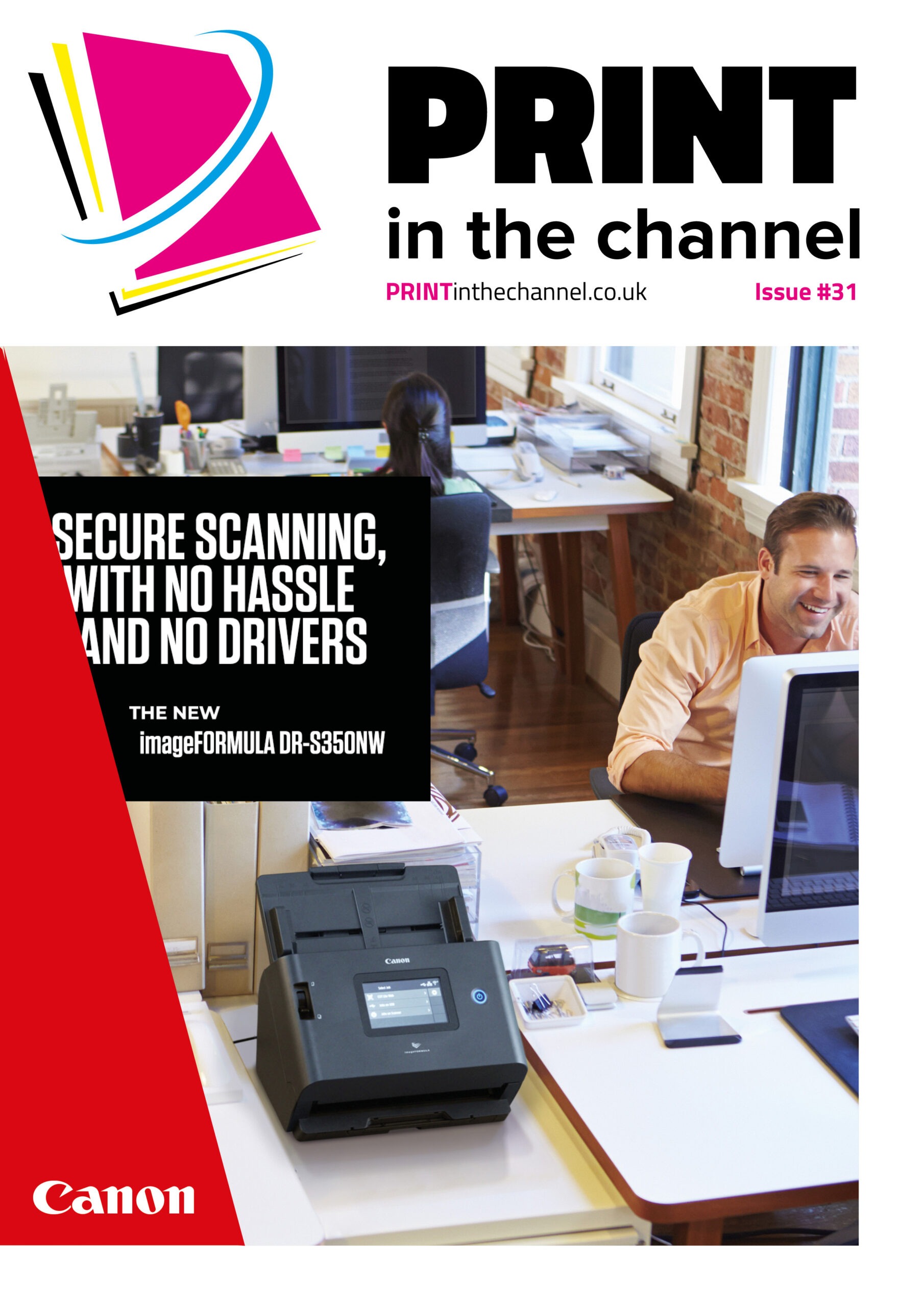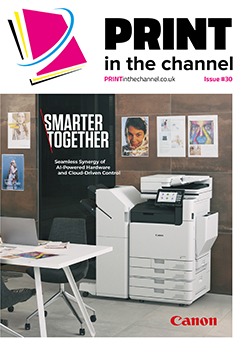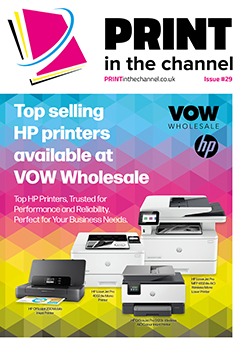Dot matrix printers were a staple of offices and businesses in the 1980s and 90s, and while thermal and inkjet printers have replaced many, they are still valued in certain niches and will continue to be for the foreseeable future, as Stock in the Channel’s resident analyst Wickus Bester explains.
If you received payslips in the 1990s, you’re likely to be familiar with the distinctive sound of a dot matrix printer. Tech nowadays focuses on the sleek and unintrusive, running as silently and out of sight as possible, but there is a charm to knowing that your machine is thinking, and hearing it loudly whirring along to complete the task you gave it. You know when a dot matrix printer is present – its sound is so distinctive that it is a staple of pre-2000s ASMR.
Today, these printers have been largely replaced by modern thermal and inkjet printers in offices and its use for home printing is also not as prevalent as it was in the 1980s and 90s. This niche does lead to impressive use cases driven by creative people though, such as generating artwork using only dot matrix pins.
Enduring appeal
What is the appeal? Dot matrix printers make it extremely inexpensive to print large amounts of invoices, orders or logs at the same time. A key distinguishing feature is the continuous feed of paper running on little hooks. The use of tractor paper means that no friction is needed to pull the paper through the machine.
Today’s dot matrix printers have moved with the times too. For instance, they have NLQ (near letter quality) printing while still being more cost-effective than thermal or inkjet printers. Not to mention that modern dot matrix printers can include professional branding in colour, meaning they become desirable in the hospitality industry. A hotel, for example, might use the same printed and branded form for check-ins, bar receipts and gift shop transactions.
Use cases
But the top use case can be found in any industry where efficiency can take precedence over aesthetic. Those working in logistics, shipping or air travel often want a printer that can run for 10,000 hours at a cost-effective price. This is the mean time between failure of the LX-350 model for Epson, which is trending on Stock in the Channel.
“Today we see lots of requests for our SIDM (serial impact dot matrix) printers going into airport installations,” says Kevin Dobson, product manager for SIDM at Epson UK. “Our LX-350 and FX-890II dot-matrix printers are installed in the unmanned self-check-in kiosks in airport departures to allow the printing of boarding passes for passengers who do not have electronic versions and no ability to print their own boarding pass prior to arriving at the airport.”
Additionally, anywhere where printing is needed in harsh conditions, dot matrix printers can be found. British fire stations use them for turnout sheets, for example. They are the go-to printer for rugged, hot, dusty and rough conditions, such as manufacturing plants.
Cheap and reliable
Dot matrix printers are also popular in the finance and governance sector. If you receive a statement, invoice or financial record from a bank, it will most likely be printed by a dot matrix printer. They are fantastic for financial logs, as well as multi-part documents – think carbonless copy paper – for companies that need to print triplicate forms simultaneously, sometimes thousands of times a day.
It might be easy to dismiss these analogue files as anachronisms, but in the UK at least, more than a quarter of younger people in some financial institutions still carry a passbook to manage their accounts. According to a study by the Yorkshire Building Society, 16% of their members still hold passbooks, but that rises to 27% for people between 18 and 34. Despite the trend to modernise and digitise, some technologies remain in their analogue alongside the digital.
“As these printers are incredibly reliable and extremely cheap to run, they are the perfect printer for all these locations, and more,” adds Kevin. “With this in mind, Epson will continue to manufacture the SIDM range, which contains over 25 different dot matrix printers, for the foreseeable future.”
Further thoughts and summary
In 1995, PC Magazine did a review of dot matrix printers, saying that they are still “hammering on”. Now, nearly 30 years later, the fact that they come with an option for USB input should be a sign of their continued impact. Back then, it was mentioned how the future of dot matrix printers was locked in their niches, being high-speed and thus any competing technology would have to beat that speed at an even more cost-effective price. Here we are, all these years later, still talking about the same machines that know what they are and do their job well.
At Stock in the Channel we see the terms used when platform users are searching for dot matrix printers. In these searches, passbooks interestingly appear, solidifying the belief from 30 years ago that the niche of hard account books and multipart forms will still be ruled by the dot matrix. Although not being an industry witnessing the largest amount of growth in the channel it still has an active search base for the niches it is in.
For now, I will wait until 2052 to read an article where dot matrix printers will most likely still be hammering on.










